Here on the high plains of Wyoming, our summers are cool and dry. We rarely need cooling, but when we do, we can just use fans and passive ventilation.
Not everyone has a simple option, however. Each greenhouse and farm has its own advantages and set of needs.
For instance, hot and humid places need cooling methods for greenhouses that won’t add even more water to the air. (High humidity is a huge “come on in!” to many pests and pathogens.)
Like with any decision, each cooling method has its limits and tradeoffs that growers must balance; a method might work very well but impose a limitation elsewhere. This doesn’t mean that the method is not worth using, but growers who are aware of those tradeoffs will run healthier, more productive greenhouses.
Psst… Don’t miss the mini-course on greenhouses for small farmers! (More info here)
4 ways to cool a greenhouse
1) Shade Cloth
The first method recommended for greenhouse managers is shade cloth. Shade cloth or shade curtains are quite affordable and can lower temperatures by up to 10 degrees.
The tradeoff that managers will have to balance with shade cloth is between lowering temperatures and losing some production with the light that is being blocked. You can get shade cloth at Greenhouse Megastore.
2) Evaporation (Cooling Walls)
Depending on the level of humidity you have in your area, evaporative cooling can be a good cost-effective method for you.
You can buy the pads for a cooling wall online through Greenhouse Megastore, and make your own wall with some PVC, 2X4’s and a small sump tank.
Learn how to make a cooling wall in this video.
3) Ventilation
Ventilation using roll-up sidewalls or open roof ventilation. Ryan Wilcott at Stuppy Greenhouses describes how this ventilation works to lower temperatures in a greenhouse:
“As cool air enters either through outside air or artificial cooling, the warm air rises and escapes through roof vents. (Advanced planning wins out here—know where the prevailing winds are coming from before building the structure.)”
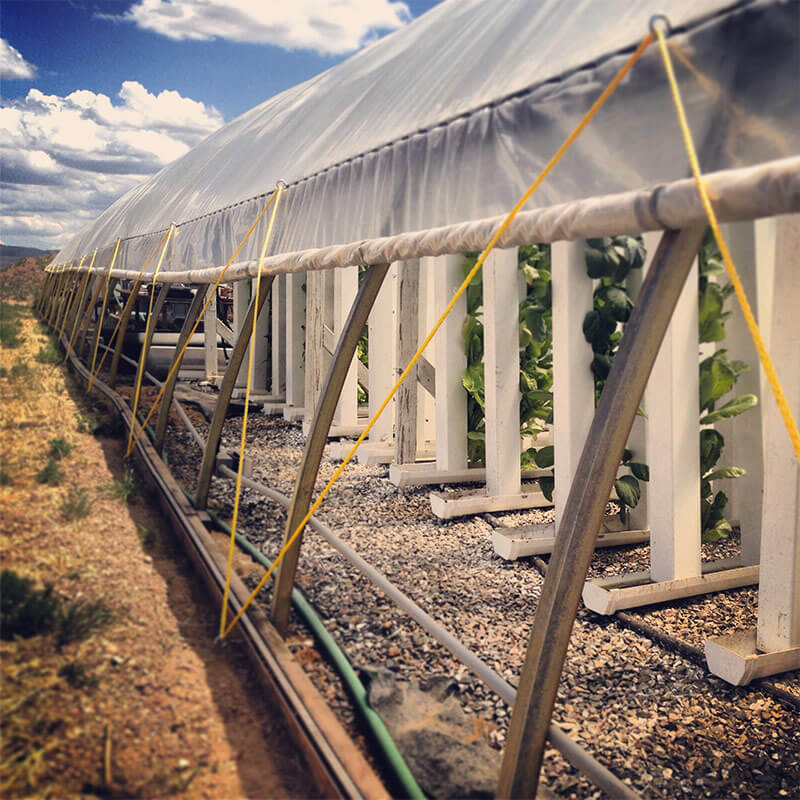
4) Circulation (fans)
Circulating fans are a must for any grower to keep air moving for gas exchange and temperature consistency. In greenhouses, circulating fans help push warm air out and cool air down.
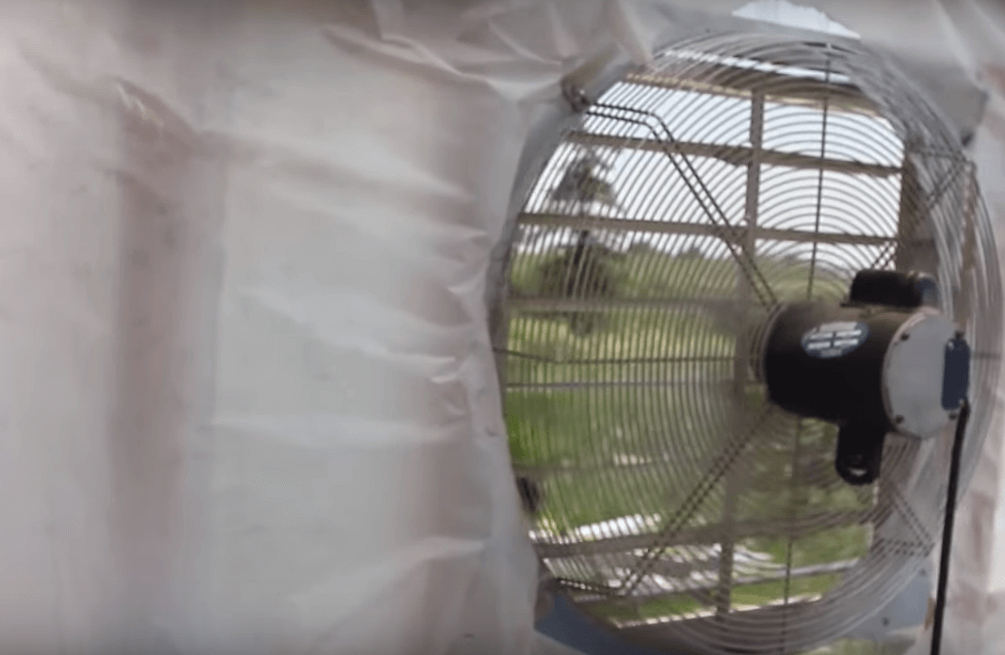
Start with the simple and low-cost methods
There are a few other ways to cool a greenhouse, such as geothermal heating and chillers. We’ve found, however, that the cost of buying and running equipment associated with those methods are far too high to be effective in most situations.
As with other management goals, start with the practices with low labor and financial costs. Strategically ventilating the greenhouse and keeping certain components underground, for example, can contribute to cooling, and they cost very little.
Each greenhouse needs a specific amount and type of cooling
Remember that cooling needs vary based on location, orientation, and greenhouse type!
Think about how air is already moving in and around your farm, how your farm is shaded or insulated, and work with it.
Ryan Wilcott leaves us with a tip regarding this variability: “If your heating & cooling supplier is not asking for house dimensions, geographic and temperature variance information then this should be a huge red flag. All are important factors in calculating efficiency and could drastically affect yields.”
Need training for growing in a greenhouse?
Upstart University is the place for you! Learn at your pace in online courses on topics from business management to growing with hydroponics. Register today for $9.99/month, or $99 for a whole year of access to Upstart University!

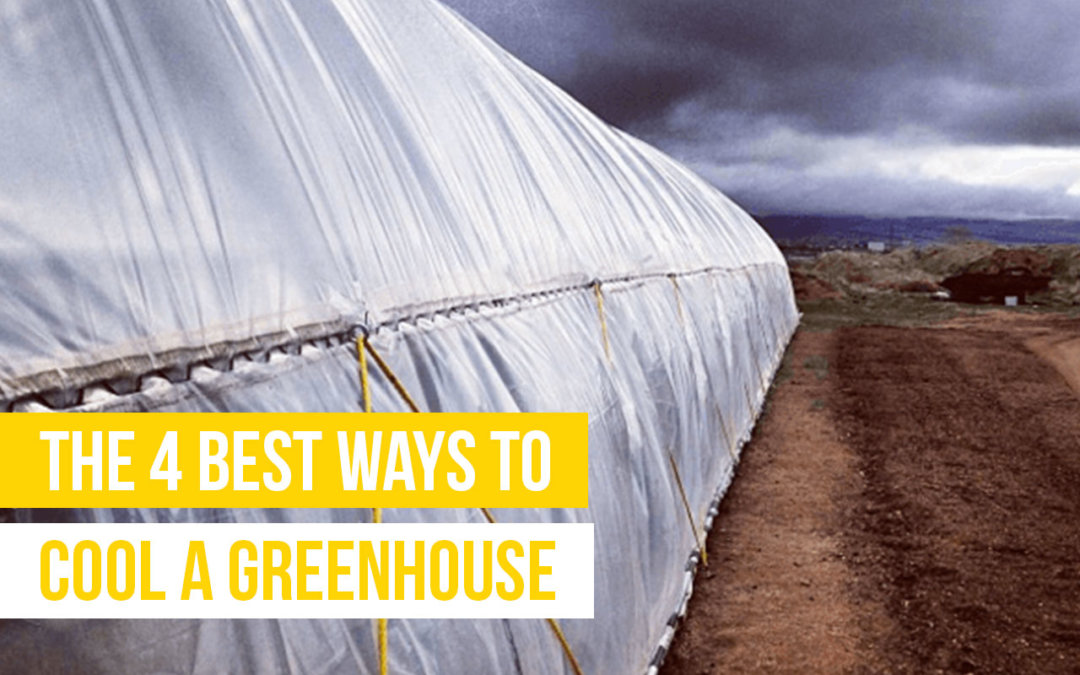
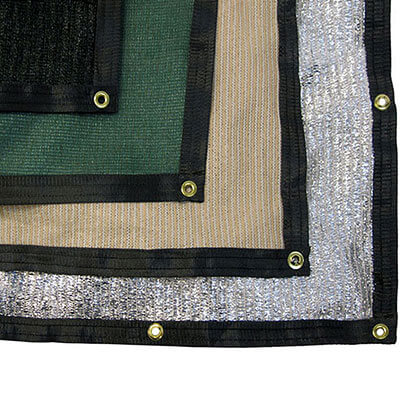
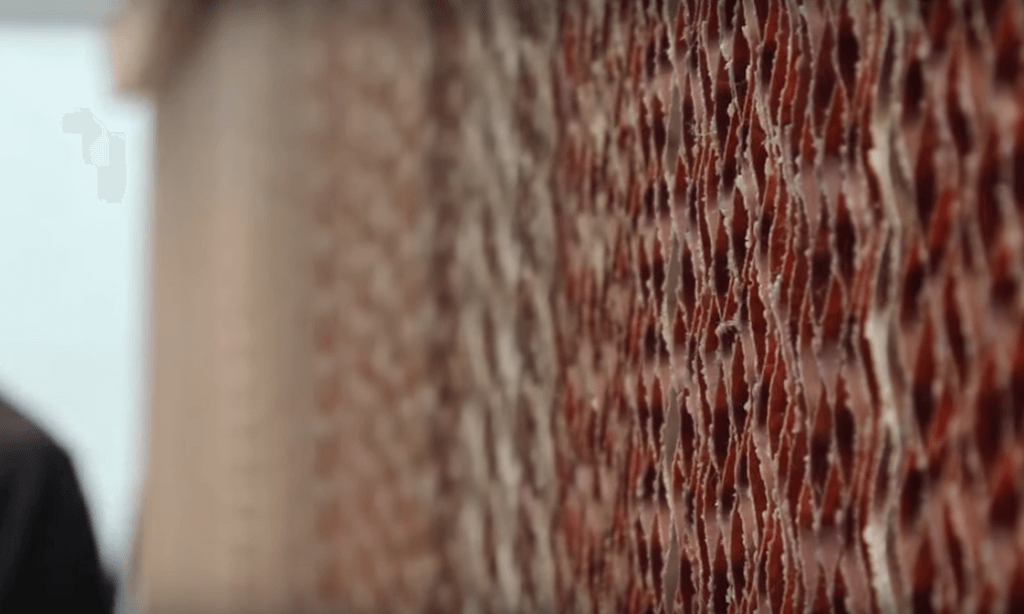


Don’t forget this option, http://blog.brightagrotech.com/low-grade-geothermal-heating-cooling-greenhouses/
Sunken or earth sheltered greenhouses are another, more historic, option that moderate both heat and cold. Both options require digging, which can be pricey, but may be worth it in the long term.
Is not shade a plus in very high solar radiation areas? Around here, the Salt Lake valley, I know Summer is officially upon us when the sun feels like it will rip the flesh off my bones. I don’t get the same feeling when I am at lower and more humid altitudes (I got a bad sunburn visiting family in Turlock, California because the sun felt so benign compared to home. Many of my plants go dormant in July and August, but start setting again in September, leaving a lot of green fruit with the first frost. The main reason I want to put in a hoop house or greenhouse is to extend the season and give more predictability to the harvest. I am also hoping that the glazing or film will diffuse the harsh summer sun and promote summer growth and productivity.
Does high humidity bring in pathogens as you state or are they already in the air and the conditions just allows then to develop?
Hi David – Humidity both encourages pathogens (like fungal pathogens) and affects how water flows through plants (for example, making it difficult for the plant to transpire). Both of these impact plant function and growth.
Hello My name is David Drake I live in Bacchus Marsh Victoria Australia
This ‘small’ town has a Latitude of -37.6795 and a Longitude of 144.57 .
I write because I have have read some of your answers to how to Heat/Cool your greenhouse and I found them very informative. I hope you can (and don’t mind) answering my question. My green house is approx. 10 yds X 5yds .I am in the process of Glazing the walls and doors.It has a skillion roof which is made of corregated ‘plastic’. I am presently installing a couple of horizontally directed fans at ground level directed across the width of the structure. My question to you is how do I deal with high heat/humidity in Summer and Low heat /Humidity in winter. I grow Cacti, succulents and caudiciforms.
I hope you can help me. Kind regards P.David Drake
Hello—
It looks like the climate is pretty mild there so, in winter, solar sinks can be a great passive heating system and may be all that is needed as low temperatures only reach the mid-40s. Small heaters can also be added as well as ensuring the greenhouse is well sealed. Humidity can be increased in winter by misting/fogging systems. In summer, heat can easily be managed by shade cloths and properly sided ventilation fans to remove the hot and humid air.
I would think a blower pulling hot air out of the greenhouse into tubes that are 8ft deep and go out 100yds and back again would cool the greenhouse sufficiently and in winter you reverse the fans so you are heating the greenhouse pulling the heat from the ground (which changes very little regardless of outside temperatures).
Always glad to see more information out there about greenhousing strategies! Can’t wait for the seminar next week!
Glad to hear it, Marisa! There’s some great practical and how-to type information in the webinar, so we’re excited to share it!
The vertical farms of the future will be a complex set of mutually supporting systems. They will grow food, medicines, ornamentals, and plants that support their enclosed ecological system biota. Operating with passive solar design for the most part, active systems will cool and dehumidify using heat pumps across adiabatic walls. Hot water and essentially distilled water will be a useful products resulting from this heat transfer and capture. They will be visually interesting from an architectural perspective because of their multistoried platform design, glazing materials, and the LED lighting that allows controlling the degree/heat/days required for plant maturation. Permaculture gardens will surround the base of many of these simplified yet complex structures (reduced complications while simplifying necessary complexity to most workable form).
the link to the video on how to make a cooling wall doesn’t link to a video but to an empty Youtube channel: https://www.youtube.com/user/watc
Heike, thanks for the heads up! That link has been repaired now.
Please send me estimates for one acre well equipped poly house cost
Hi Anap, costs for a greenhouse will vary depending on your needs and location, but a really good start for estimates is our Greenhouse Shopping List. This is a list of the typical materials, costs, and recommended brands for growers. You can download it for free here: info.brightagrotech.com/high-tunnels-for-small-producers-the-greenhouse-shopping-list
Hi, what can you recommend in cooling an already open greenhouse like the one in picture #3?.. there is only 1 kind of shade cloth in my area(50%) and it tends to reduce PAR greatly causing my plants being leggy. cooling pad and circulation fan are for sealed greenhouses so i think they wont help. any suggestion?
Neil, if you have the option to close the greenhouse it’s worth considering – evaporative cooling isn’t too effective unless you can control airflow. If the temperatures aren’t too high, you might be able to get away with just ventilation but I’d consider something with more control. If you send me some pictures and more info at amy@brightagrotech.com I’ll try to get you some more specific information.
What greenhouse is recommended for a hot tropical Island?
Hi Homar, this depends a lot on zoning and your budget, but we’ve been pretty happy with hoop houses. Be sure to choose something with adequate cooling (or that you can get an HVAC system for).
We are farming in Lebanon Ohio
We are dealing with temp. In the winter below freezing, and in the summer 90 or higher for a couple
Months. Humidity is a problem and disease that goes with it.
We were told that we are living
In area where it doesn’t work financially, to heat and cool even if we build a passive solar. Is this true?
Carol, if someone writes off farming for an entire climate, they probably haven’t done much research into modern farming methods. If you’re smart about how you set up a farm and approach your markets, you can make it work financially. That being said, you probably have a lot of research to do on HVAC systems and opportunities in your market. We’ve worked with folks in climates with high humidity and crazy temperature ranges and would be more than happy to talk you through some options! (Feel free to give us a call at (307) 288-1188 and we can chat.)
I would like to ask here whether the earth air tunnel (EAT) can be used as an active alternative cooling method for cooling the greenhouses?
Hi!
Yes, however, we recommend looking into the GAHT (Grount to Air Heat Transfer) systems. They work on the same principle.
Just found this forum. Im in Texas so you know I got a HOT HOT Greenhouse. Just put a soaker hose on the roof …. turned it on real slow and watched the temperature drop from 106 -to 95 in ten minutes! I thought since i have well water (free) this is to good to be true. ANy downside I’m not thinking about?
Hey there!
Well water may potentially contain minerals which can cause buildup on the greenhouse glazing. If so, this buildup will limit light transmission into the greenhouse. It might be more effective to utilize a misting/fogging system within the greenhouse for cooling. In addition, wet wall systems are very effective for cooling but generally cost more than foggers.
Hello! I am thinking of turning our empty-never-filled concrete pool (it has been unfinished for nearly 20 years) into a subterranean greenhouse. The climate here is basically desert with seasonal humidity (Red Sea, Egypt), with constant temperatures near 40 C in the summer and as low as 10 C in the (short) winter months. What do you think would work best for passive/low-maintenance cooling and ventilation year round?
Many thanks!
Hi there,
Shade cloths, wet walls or swamp coolers, and standard ventilation fans are probably the best methods for low maintenance. Check out “The Year-Round Solar Greenhouse,” a book that has some good information on heating and cooling.
Just ordered a fixed wall green house 8 x 20 dbl wall polycarbonate with windows front back and sides and a dutch door. I ordered an aluminet 80% shade cloth. Would a green cloth under the aluminet provide any advantage. I want to keep the temp down. Im new to this, I dont have a fan just yet. What can I do to be able to use this in the summer its here in Oklahoma and hot. I will have side shade from a row of trees when they leaf out each year.
I love your blog.this all provided knowledge are unique than other cooling blog.
Best Ways to Cool a Greenhouse are good explain.
keep updating
Our community garden has a 20′ x 36′ hoop house with a single sheet of plastic covering in southern Arizona. Even with sides rolled up, 40% shade cloth, and doors open, temps are exceeding 120F right now. Should I take the plastic off and put the shade cloth back up? Ambient temps are close to 100F right now. We are currently growing plants in pots for ecological restoration in this hoop house.
Great information!! Sharing the great ideas thanks for sharing.
Thanks for sharing such useful information. But, I believe one can also go for HVAC Systems for more efficiency and proper growth.
Hey there! What an insightful and practical blog post about cooling methods for greenhouses in different climates. I can totally relate to the cool and dry summers here on the high plains of Wyoming, where fans and passive ventilation usually do the trick for cooling. However, it’s fascinating to learn about the diverse challenges faced by greenhouse and farm owners in other regions.
The explanation of how hot and humid places require cooling methods that don’t add more moisture to the air makes perfect sense. I never considered that high humidity could attract pests and pathogens, but it’s a crucial point to keep in mind when implementing cooling strategies.
The way you highlighted the importance of understanding the tradeoffs and limitations of each cooling method is valuable for growers. It’s all about finding the right balance and making informed decisions to create healthier and more productive greenhouses.
The suggestion of using shade cloth as a cooling method is brilliant. Not only is it affordable, but the potential to lower temperatures by up to 10 degrees is impressive! Of course, finding that balance between temperature reduction and potential production loss is crucial, but it’s great to have a viable option like shade cloth available.
I’m also intrigued by the mention of a mini-course on greenhouses for small farmers. It sounds like a fantastic resource for those looking to optimize their greenhouse operations further.
Thanks for sharing this informative content! I feel more knowledgeable about cooling methods for greenhouses, and I’ll definitely keep shade cloth in mind for future reference. Looking forward to more practical tips and insights from your blog in the future! Keep up the great work!